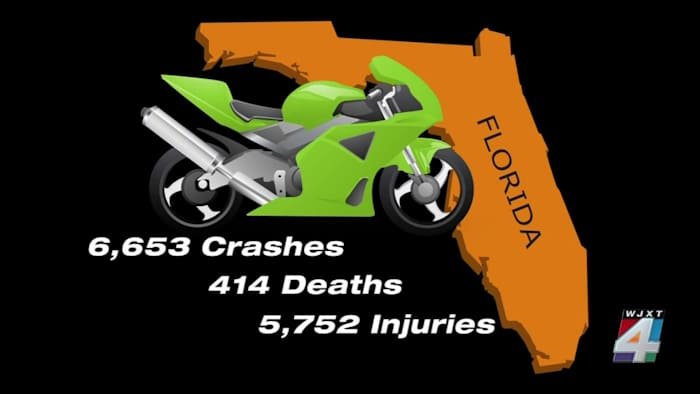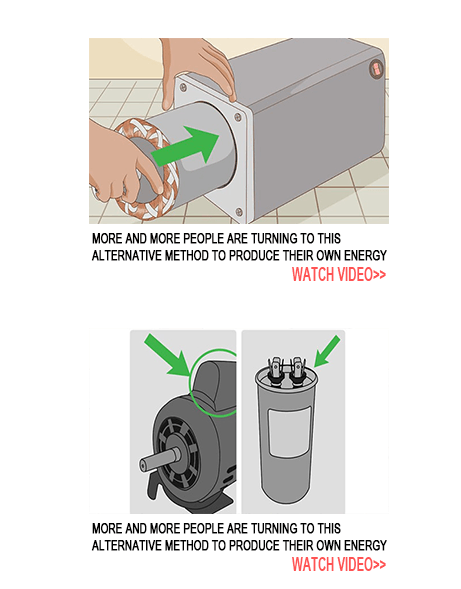
JACKSONVILLE, Fla. – 2025 has been a deadly year for people on motorcycles, especially in Duval County.
According to data from the Florida Highway and Safety Motor Vehicles, there have been more than 300 motorcycle crashes in Duval County, resulting in more than 280 injuries in addition to the 37 fatalities.
As of Tuesday, Oct. 14, 37 people in the area have died this year, according to the Jacksonville Sheriff’s Office. The most recent crash occurred this past weekend at the intersection of Kings Road and Whitmore Drive, where a motorcyclist died in the hospital after crashing into another vehicle.
Additionally, between the beginning of January and June of this year, Duval County led all other Florida counties with motorcycle fatalities.
Comparison with previous years and statewide trends
Last year, the total number of motorcycle fatalities in Duval County was 37, including more than 440 reported injuries from motorcycle crashes.
In 2023, the total number of motorcycle fatalities in Duval County was 32.
While data shows crashes in Duval County increasing within the past couple of years, a different trend is arising across the state, as motorcycle crashes have decreased in recent years.
According to the current statewide crash data, there have been more than 6,600 motorcycle crashes resulting in more than 400 deaths and more than 5,700 injuries so far this year in Florida, which is down significantly from 2024’s numbers, which revealed that 591 people across the state died in motorcycle crashes, and more than 8,100 people were injured.
And in 2023, statewide motorcycle fatalities were at 621, and reported injuries were at 8,191.
Severity of motorcycle crash injuries
Dr. Sonya Rashid, a UF Health emergency room physician, said in all her years working in a trauma center both in Jacksonville and South Florida, motorcycle crashes continue to produce some of the worst blunt force injuries imaginable, especially when motorcyclists don’t wear helmets.
“Without a helmet, you will see very severe head injuries and a lot of times, a head injury is so severe that these individuals do not survive,” said Dr. Rashid, who also noted body injuries can be just as severe.
She also said that motorcycle injuries tend to be far more severe than injuries sustained in a car crash because people inside a car have the protection of airbags, and they are sitting inside a steel frame that takes the brunt of any collision.
“Usually, when you have patients who have been in a motorcycle crash, their injuries are so severe that they end up going to a trauma center,” she explained. “Sometimes when I’m not working in a trauma center, but in a regular ER, and a patient comes in, I must transfer them because their injuries are so severe.”
Causes of motorcycle crashes and safety advice
JSO commander Scott Lundquist oversees the specialized patrol unit, which includes the JSO motorcycle patrol. He said motorcycle crashes are typically caused by people who are not paying attention to the motorcycle in the next lane over.
“Pay attention. Look in your mirrors consistently. Stay off your phone,” said Commander Lundquist, who also stressed that drivers use turn signals to let other motorists, including motorcycle riders, know they are about to turn or switch lanes.
“Part of being a motorcycle rider is being attentive to what everyone else on the road is doing. You almost feel like everyone is out to get you, and that’s how you have to ride because in a city as congested as ours, people are not paying attention,” said Commander Lindquist.
Lundquist’s advice comes from personal experience. He was involved in a motorcycle crash over five years ago.
“Back in 2017, I was on I-295 when I was broadsided by a camper. The driver didn’t see me,” he said. “I was injured, but it wasn’t life-threatening.”
JSO says crashes have also been caused by motorcyclists who were either riding recklessly or not paying attention to vehicles pulling out of parking spots or making turns.
“Watch your speed,” Lundquist added. “If you’re going down a two-lane road, make sure you’re not going over the speed limit, and if you see a car pull out, you should be constantly looking left and right, especially with it getting darker earlier.”
The commander encourages all riders to wear helmets and says it’s not a bad idea to wear padding, which can offer an extra level of protection should a rider fall off his or her motorcycle.
In addition to safety gear, Lundquist encourages motorcyclists to use small dash cams on their bikes because if a crash occurs, the camera will record moments leading up to the crash.
Motorcycle safety courses offered by JSO
If anyone is interested in motorcycle safety, JSO offers a course called Safe Motorcycle and Rider Techniques, or S.M.A.R.T. for short. The agency joined the Florida Department of Transportation to provide the program for free.
More information on the courses can be found here.



